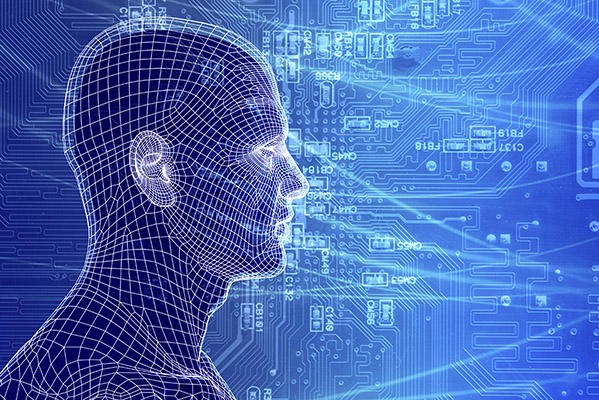
Bioinformatics is an interdisciplinary field that combines biology, computer science, mathematics, and statistics to analyze and interpret biological data. It plays a pivotal role in understanding and organizing complex biological information, especially in the era of high-throughput technologies such as genome sequencing, proteomics, and transcriptomics.
Key Objectives
- Data Analysis and Management: Handling large-scale biological datasets like DNA sequences, protein structures, or gene expression profiles.
- Sequence Alignment and Annotation: Comparing DNA, RNA, or protein sequences to identify similarities, evolutionary relationships, and functional regions.
- Structural Biology: Predicting the three-dimensional structure of biomolecules to understand their function.
- Systems Biology: Modeling and simulating biological systems to study interactions and pathways.
Applications
- Genomics: Analyzing entire genomes to understand genes and their functions.
- Proteomics: Studying protein sequences and structures to understand their role in cellular processes.
- Drug Discovery: Identifying potential drug targets and designing molecules for treatment.
- Evolutionary Biology: Tracing the evolutionary history of organisms through phylogenetic analysis.
Tools and Techniques
- Databases: NCBI, EMBL, UniProt, PDB for storing biological data.
- Algorithms: BLAST, ClustalW, and HMMER for sequence alignment and analysis.
- Programming: Python, R, and Perl for data processing and visualization.
- Machine Learning: For predicting patterns and extracting meaningful insights from data.
Bioinformatics bridges the gap between raw biological data and meaningful insights, enabling researchers to decode the complexities of life and contribute to advances in healthcare, agriculture, and environmental science.
- Teacher: V M
- Teacher: KARTHIGA S
- Teacher: V M
- Teacher: JASMINE ESTHER RANI V
- Teacher: V M
- Teacher: MANIMEGALAI P
- Teacher: V M
- Teacher: JASMINE ESTHER RANI V